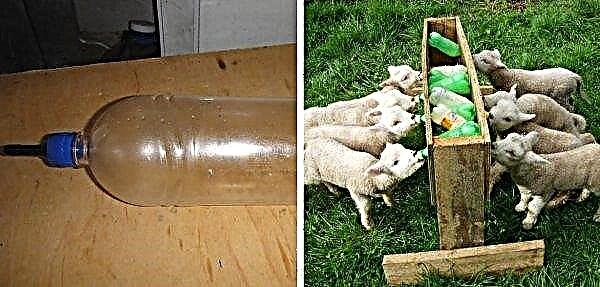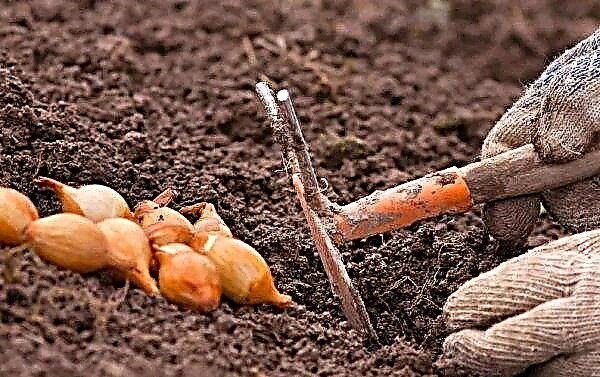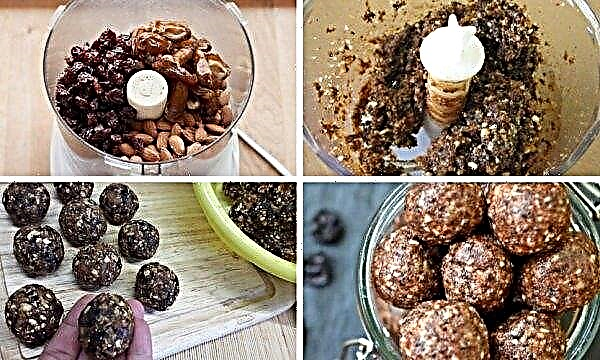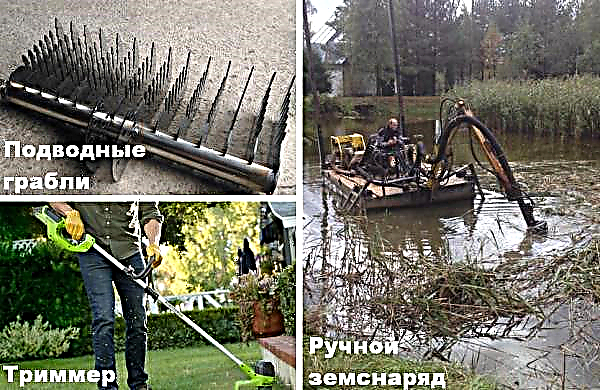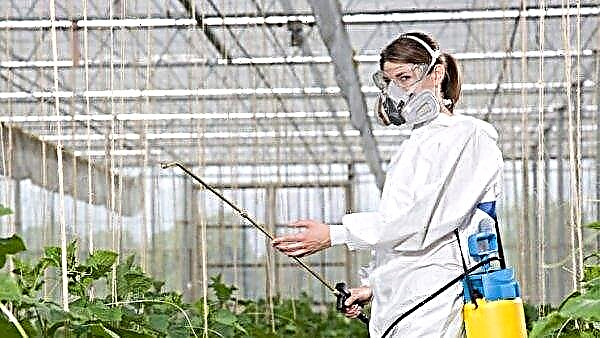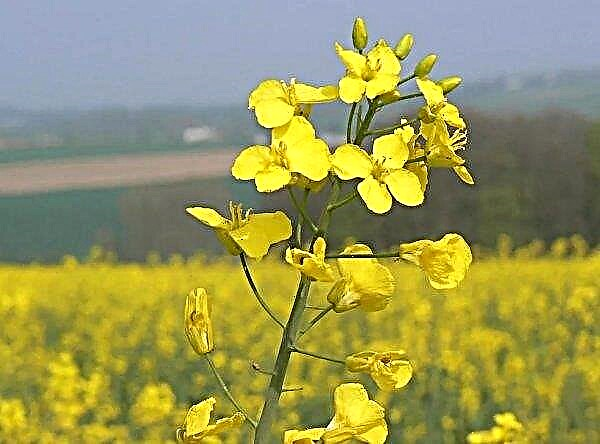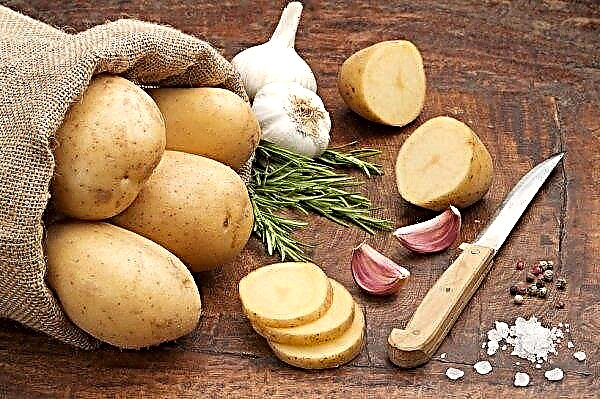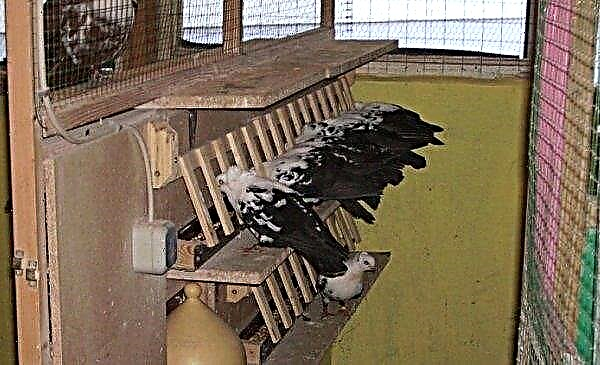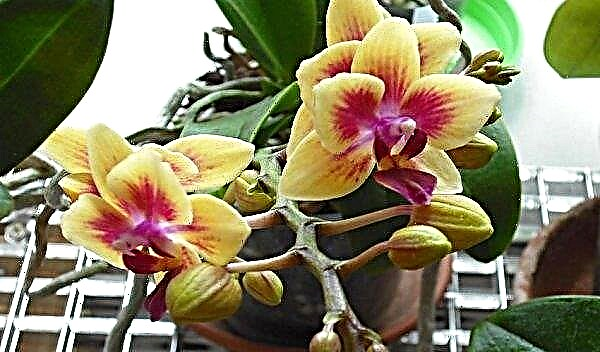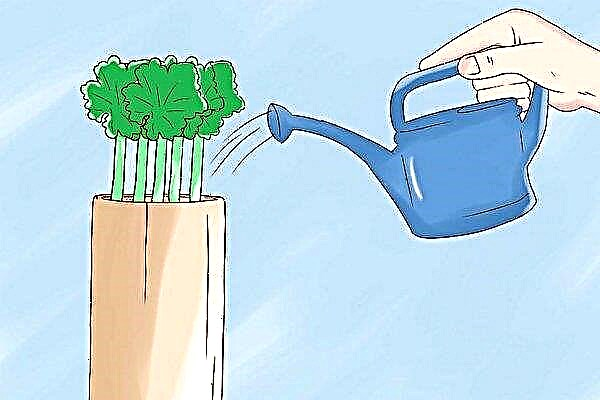Cauliflower and broccoli are very similar in appearance, and the question of what is the difference between these vegetables often arises among ordinary people. Below are the main differences between these plants.
Description and features of vegetables
Both vegetables belong to the species Cabbage and are the closest relatives. They were actively eaten in the Middle Ages, but they were common in different regions. Currently, these vegetables are grown in Europe, China and Japan, India, North and South America.
Cauliflower
An annual vegetable has the following external signs:
- cylindrical stem up to 70 cm high;
- leaves are light or blue-green, whole or pinnately separate, up to 40 cm long;
- the head is rounded or flat-round with flower brushes 3-15 cm long;
- head color is snowy white, yellowish, shades of green, purple.
 The head is formed in one year of development. The growing season is up to 120 days, depending on the variety and the region of cultivation.
The head is formed in one year of development. The growing season is up to 120 days, depending on the variety and the region of cultivation.Did you know? Cauliflower has a small cell structure and is absorbed by the human body better than other cabbage. It is used for the production of baby food and for diseases of the digestive tract.
Inflorescences and thickened parts of flower-bearing shoots are eaten. Young parts of the heads can be eaten raw, adding to salads and decorating dishes. The vegetable is boiled and consumed with sauces or additionally fried, baked or pickled. Inflorescences are suitable for freezing and preservation.
The main indicators of the chemical composition of 100 g of vegetable are as follows:
- 299 mg of potassium;
- 44 mg of phosphorus;
- 30 mg of sodium;
- 22 mg of calcium;
- 15 mg of magnesium;
- 0.42 mg of iron;
- 0.27 mg of zinc.
The content of vitamins in inflorescences is as follows:
- C 46.4 mg;
- B5 0.667 mg;
- B3 - 0.507 mg;
- B6 0.2 mg;
- as well as E, B2, B1, B9, K.
 Nutritional value of 25 kcal per 100 g of product is formed from the following indicators:
Nutritional value of 25 kcal per 100 g of product is formed from the following indicators:- 4.97 g of carbohydrates;
- 1.92 g of protein;
- 0.28 g of fat.
Broccoli
The main external signs of this plant are:
- stem up to 90 cm, on top of which there are many peduncles;
- dense groups of small buds of green or purple color form a loose head.
The growing season is not more than 65 days, when grown through seedlings, it will take only about 30 days to form the head. High yield of the plant is achieved due to the appearance of lateral shoots after cutting the main head.
Important! The head is cut to the dissolution of the buds. Yellow broccoli indicates unsuitability for food.
Green inflorescences are used fresh and for preparing a variety of dishes. They do not require long heat treatment, therefore, instead of long boiling, use short blanching. Broccoli can be frozen for long-term storage. The chemical composition of 100 g of the product is as follows:
The chemical composition of 100 g of the product is as follows:
- 316 mg potassium;
- 66 mg of phosphorus;
- 47 mg of calcium;
- 33 mg of sodium;
- 21 mg of magnesium;
- 0.7 mg of iron;
- 0.4 mg of zinc.
The vitamin composition of green inflorescences is as follows:
- C 89.2 mg;
- E - 0.8 mg;
- PP 0.64 mg;
- B2 - 0.12 mg;
- K - 102 mcg (127% of the daily requirement);
- as well as A and B1.
Calorie content of 100 g of broccoli is 34 kcal.
Nutritional composition of the product:
- 6.64 g of carbohydrates;
- 2.8 g of protein;
- 0.37 g of fat.

What is the difference between cauliflower and broccoli
The differences in how the plants look and the answer to the question which of them are more useful are collected in this section.
The above characteristics of each vegetable allow you to derive the following difference between them:
- the broccoli stalk is higher and the inflorescences are larger;
- cauliflower is predominantly white, broccoli is green (depending on variety);
- cauliflower requires a minimum of 3 months of growth, broccoli matures much faster;
- broccoli surpasses cauliflower in vitamins, including an increased dose of vitamin K and vitamin A;
- cauliflower less calorie;
- broccoli has a higher yield, and also gives a second crop on the side shoots;
- cauliflower is more moody when grown.
Growing Features
The vegetables in question have different requirements for growing conditions and agricultural technology.
Cauliflower has the following soil and care requirements:
- optimal temperature +15 ... + 18 ° C, does not like sharp fluctuations;
- the site should be sunny and open;
- moist soil rich in magnesium, copper and boron.
 The conditions for obtaining good broccoli yields are:
The conditions for obtaining good broccoli yields are:- temperature +16 ... + 25 ° C, not as sensitive to fluctuations as color;
- there are no special requirements to the composition of the soil, only strongly acidic soils are not suitable;
- exacting to watering.
Cauliflower and broccoli are related plants that differ not only in appearance, but also in terms of growth, as well as in nutritional composition. Both vegetables are useful and worthy to take a leading place in the nutrition of the whole family.

